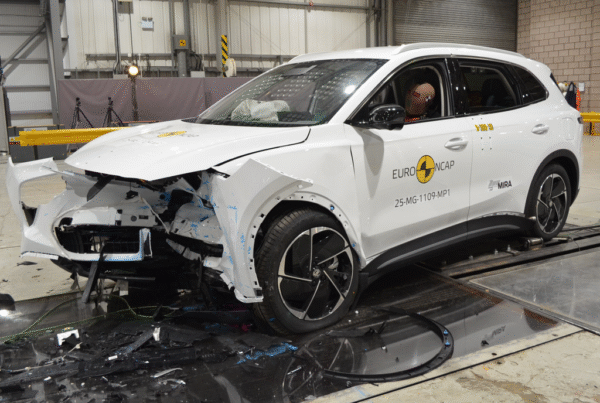Most road deaths in Asia consist of cyclists, pedestrians, and two-wheel vehicles, reported the World Health Organisation (WHO). Last September 2, WHO published its report titled “WHO South-East Asia Regional Status Report on Road Safety.” This report was released to the public during their 15th World Conference on Injury Prevention and Safety Promotion.
THE REPORT
WHO’s report is based on data accumulated in 2021. The organisation has estimated around 330,222 deaths within the region.153,972 of these recorded fatalities came from India. In a wide gap, Indonesia followed behind with 25,266 recorded road-related deaths. The Maldives came in last with 5 deaths recorded in 2021.
Among these countries, majority of its casualties were composed of “drivers or riders of two- and three-wheelers.” While the WHO recorded more than 300,000 deaths, their report claims that South and Southeast Asian countries only recorded 212,135 traffic-related casualties. Bangladesh’s recorded deaths have the largest difference from WHO’s recorded data, while Thailand was able to close their gap in recorded deaths.
WHO noted this discrepancy as “significant,” as it stresses the urgency needed towards this issue within in the region. Furthermore, the report stated that 66 per cent of its recorded casualties were of “vulnerable road users,” such as “pedestrians, […] two- and three-wheeler users and cyclists.” 46 per cent of this sample were determined to be the “drivers/riders” of the small vehicles. The domination of two-wheeled motorised vehicles in Southeast Asia is able to substantiate this percentage.
LACK OF ACTION
The most relevant factors contributing to road casualties include; “the poor quality of roads, non-compliance of safe vehicle standards, safe speed limit enforcement, and use of helmets.” Reducing road deaths and accidents bears more attention in Asia.
According to WHO’s Director of its Department of Social Determinant of Health, Etienne Krug: “the large proportion of people who die in road crashes are those who cannot afford to buy a car. […] The report reveals that the crisis is huge, but we need to understand and act with determination that prevention is possible and needs strict enforcement.”
The report, however, also acknowledged the region’s apparent lack of financial support towards road safety initiatives. There is also a shortage of appropriate agencies and offices to lead such projects. WHO noted: “Legislative gaps and weak enforcement, lack of adequate public transport are some of the issues that need addressing.”
Saima Wazed, WHO’s Regional Director for Southeast Asia, called for the region’s governments to take urgent action. Appointing an appropriate office, boosting “safe mobility” for pedestrians and two- and three-wheeler motorists, maximising modern technologies and artificial intelligence,” and improving “post-crash response systems” are a few of the director’s strong recommendations.
WHO hopes that Asian countries will take its suggested “holistic approach” to addressing its road safety issues.
Was this article informative? Leave us a like!



















